Advancements in LED Technology
Advancements in LED technology are propelling the Visible Light Communication Market forward. The evolution of LED lighting has not only improved energy efficiency but has also enhanced the feasibility of using light for data transmission. Modern LEDs can be modulated at high speeds, enabling them to transmit data while providing illumination. This dual functionality is particularly attractive for commercial and residential applications, where energy savings and convenience are paramount. The market is witnessing a surge in the adoption of LED-based visible light communication systems, with projections indicating a substantial increase in market share over the next few years. As more industries recognize the benefits of integrating LED technology with communication systems, the visible light communication market is likely to expand significantly.
Government Initiatives and Support
Government initiatives and support for advanced communication technologies are playing a pivotal role in driving the Visible Light Communication Market. Many governments are recognizing the potential of visible light communication as a means to enhance communication infrastructure and promote energy-efficient technologies. Initiatives aimed at fostering research and development in this field are likely to lead to increased investments and innovations. Furthermore, regulatory frameworks that encourage the adoption of visible light communication technologies can significantly impact market growth. As governments continue to support the development of smart cities and advanced communication networks, the visible light communication market is poised for substantial expansion, with projections indicating a potential market size increase of over 25% in the coming years.
Integration with Internet of Things (IoT)
The integration of visible light communication with the Internet of Things (IoT) is emerging as a significant driver for the Visible Light Communication Market. As IoT devices proliferate, the need for efficient and reliable communication methods becomes paramount. Visible light communication can facilitate seamless data exchange between IoT devices, particularly in environments where radio frequency communication may be limited or unreliable. This integration not only enhances the performance of IoT systems but also contributes to energy efficiency, as visible light communication can operate using existing lighting infrastructure. The market is expected to see a substantial increase in the adoption of visible light communication solutions within IoT applications, with forecasts indicating a potential market growth of over 30% in the next few years.
Rising Need for Enhanced Security Solutions
The rising need for enhanced security solutions is a crucial driver for the Visible Light Communication Market. Unlike traditional wireless communication methods, visible light communication offers a higher level of security due to its line-of-sight transmission characteristics. This feature makes it less susceptible to eavesdropping and interference, which is particularly important in sensitive environments such as financial institutions and government facilities. As organizations increasingly prioritize data security, the demand for visible light communication systems is expected to rise. Market analysts suggest that the security advantages of visible light communication could lead to a significant increase in its adoption across various sectors, potentially doubling its market size within the next five years.
Growing Demand for High-Speed Data Transmission
The increasing demand for high-speed data transmission is a primary driver for the Visible Light Communication Market. As the world becomes more interconnected, the need for faster and more reliable communication methods intensifies. Visible light communication, with its potential to transmit data at rates exceeding 10 Gbps, offers a compelling alternative to traditional radio frequency technologies. This capability is particularly appealing in environments where radio frequency interference is a concern, such as hospitals and industrial settings. The market for visible light communication is projected to grow significantly, with estimates suggesting a compound annual growth rate of over 40% in the coming years. This growth is driven by the proliferation of smart devices and the increasing reliance on high-speed internet access.


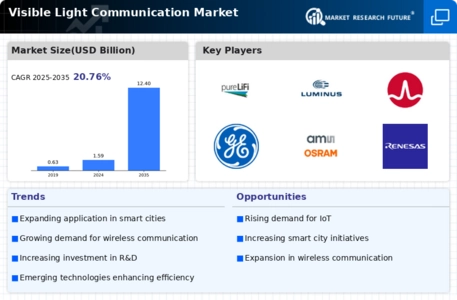
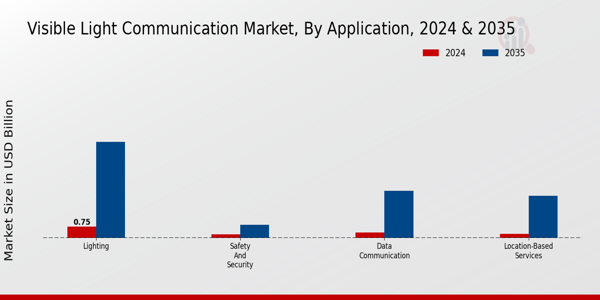
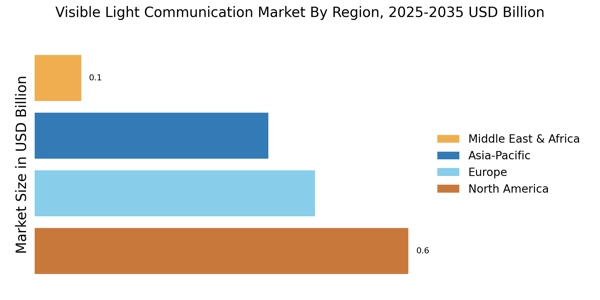
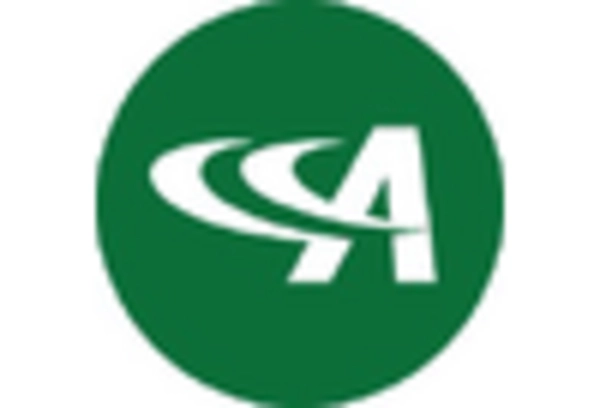
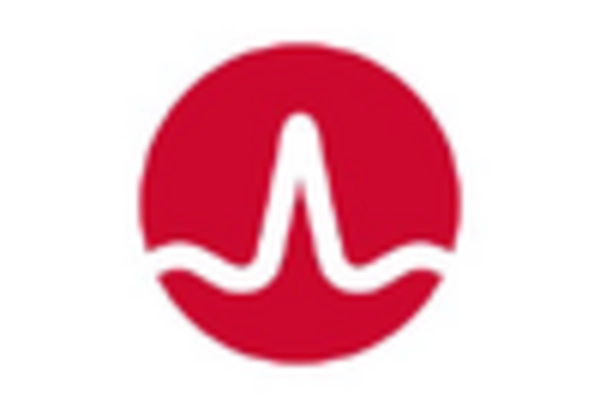
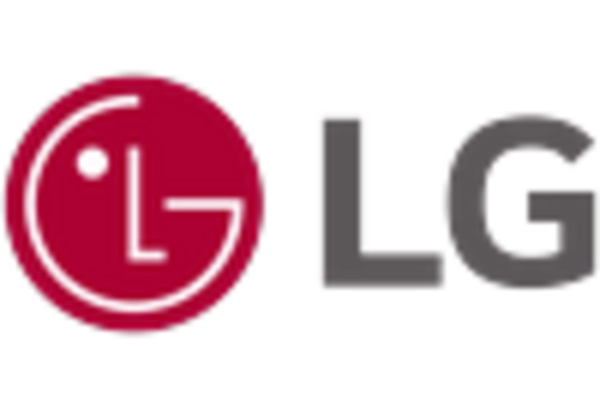
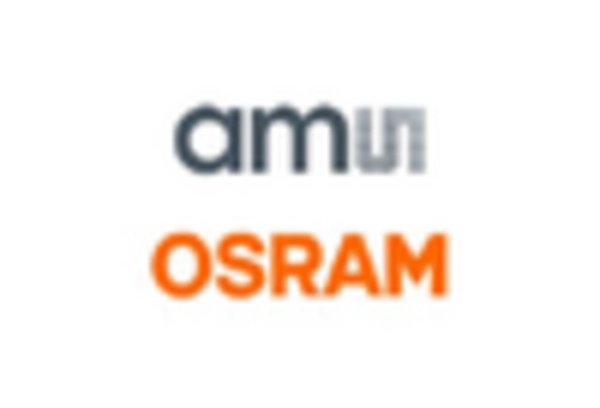










Leave a Comment